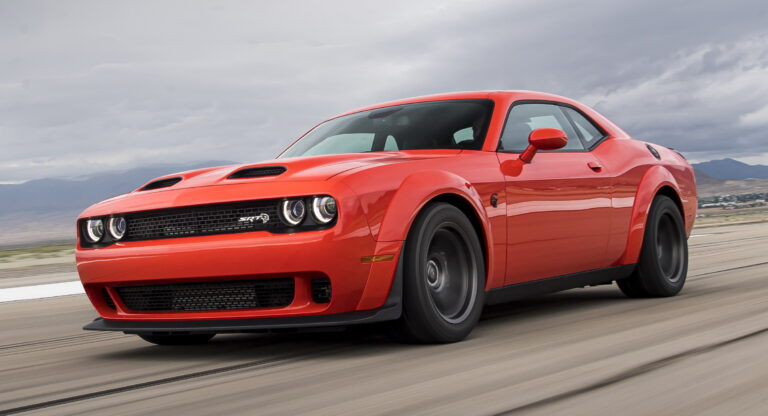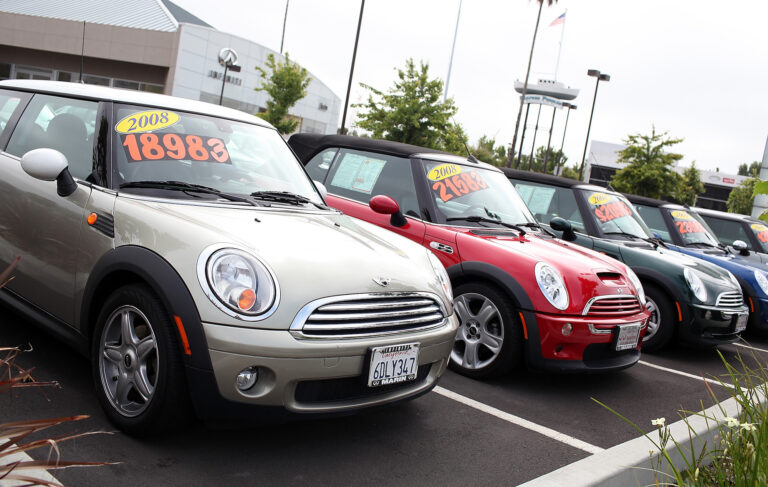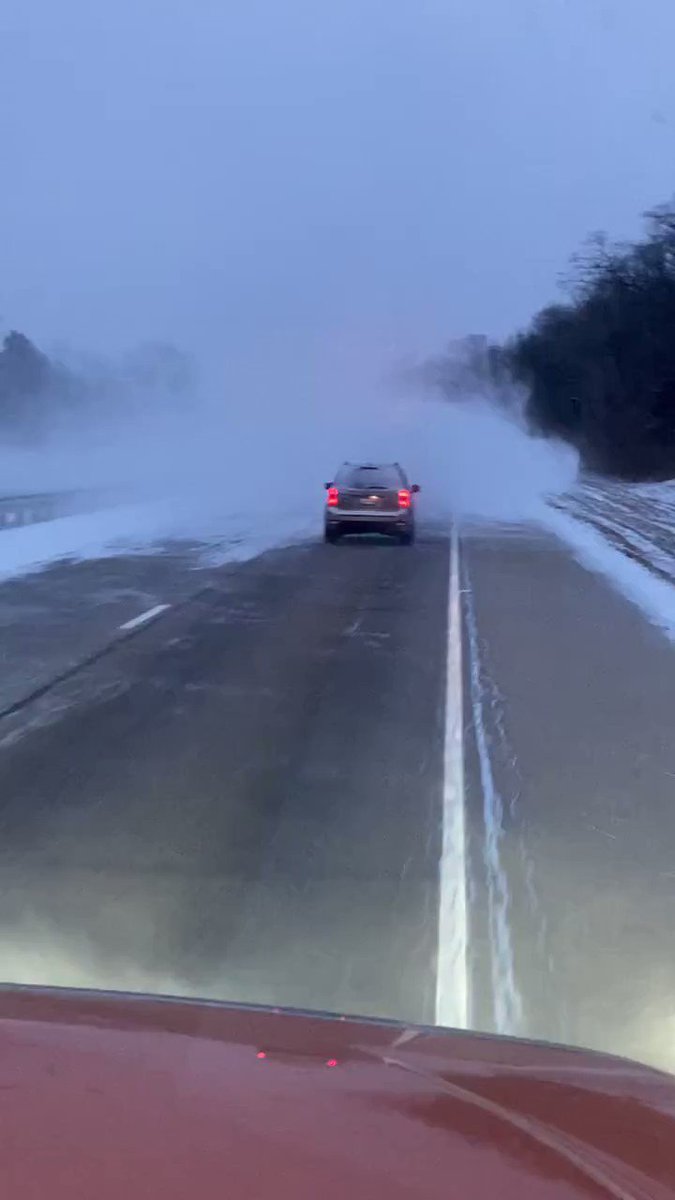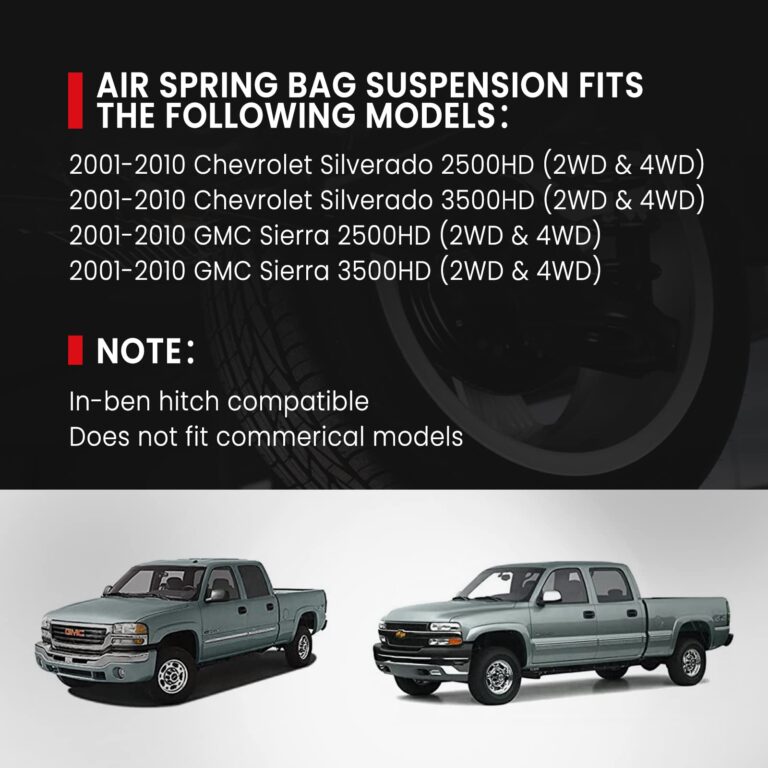Best Car Model Kit Brands: A Comprehensive Guide for Enthusiasts
Best Car Model Kit Brands: A Comprehensive Guide for Enthusiasts cars.truckstrend.com
The world of car model kits offers a captivating blend of engineering, artistry, and nostalgia. For many, it’s more than just a hobby; it’s a journey into meticulous craftsmanship, a tribute to automotive legends, and a relaxing escape from the digital world. Whether you’re a seasoned enthusiast aiming for concours-level detail or a curious beginner looking to build your first miniature masterpiece, selecting the right brand is the crucial first step.
The "best" car model kit brand isn’t a singular entity, but rather a perfect match between a builder’s skill level, desired detail, budget, and specific interests. Just as a mechanic chooses tools based on the job, a modeler selects a brand based on the experience they seek. This comprehensive guide will navigate the intricate landscape of car model kit brands, helping you identify the perfect starting line for your next automotive adventure.
Best Car Model Kit Brands: A Comprehensive Guide for Enthusiasts
Why Brand Matters: Factors to Consider When Choosing Your Kit
Before diving into specific brands, understanding the criteria that differentiate them is paramount. Your ideal brand will align with several key factors:
- Skill Level: Are you a complete novice, an intermediate builder looking for a challenge, or an advanced craftsman seeking ultimate detail and complexity? Some brands cater specifically to beginners with snap-together kits and clear instructions, while others demand advanced techniques and extensive experience.
- Desired Detail & Accuracy: How realistic do you want your model to be? Some kits offer basic external shapes, while others provide incredibly intricate engine bays, detailed interiors, and accurate chassis components, often requiring delicate assembly and painting.
- Budget: Model kits range widely in price, from affordable entry-level options to premium, high-part-count masterpieces that can cost hundreds of dollars. Your budget will naturally narrow down your brand choices.
- Type of Vehicle: Are you drawn to classic muscle cars, sleek modern supercars, iconic race cars, or perhaps the nuanced world of Japanese Domestic Market (JDM) vehicles? Different brands specialize in different automotive genres and eras.
- Build Experience: Do you prefer kits that require traditional glue and paint, or are you looking for simpler snap-together options? Some brands offer more forgiving parts fit, while others demand precision and experience in dealing with minor imperfections.
- Availability of Aftermarket Parts: For advanced builders, the availability of photo-etched parts, resin upgrades, and custom decals can significantly enhance a kit. Some popular brands have extensive aftermarket support.

The Titans of Tangible Torque: Top Car Model Kit Brands
Let’s explore some of the most renowned and respected car model kit brands, highlighting their strengths, typical offerings, and target audiences.
1. Tamiya: The Gold Standard for Quality & Buildability

If there’s one name synonymous with excellence in the model kit world, it’s Tamiya. Hailing from Japan, Tamiya consistently delivers kits known for their impeccable part fit, clear and precise instructions, and generally high level of detail. They are often recommended as the perfect starting point for beginners, yet their more complex kits satisfy even seasoned veterans.
- Strengths: Exceptional engineering leads to minimal fit issues, making assembly a joy. Instructions are usually pictorial and easy to follow. A wide range of subjects, from classic sports cars to modern supercars and F1 racers, are available. Their plastic quality is top-notch, and molding is crisp.
- Target Audience: All skill levels. Beginners will appreciate the frustration-free build, while intermediate and advanced modelers can achieve stunning results with careful painting and detailing.
- Typical Offerings: 1/24 scale road cars, 1/20 scale F1 cars, 1/12 scale motorcycles.

2. Revell: The Accessible Entry Point (and Beyond)
Revell, with its long history rooted in the United States and Germany, is often the first brand many new modelers encounter. They are widely available, typically more affordable, and offer a broad spectrum of subjects, from classic American hot rods to European sports cars.
- Strengths: Excellent value for money, widespread availability in hobby shops and even general retailers. Many kits are beginner-friendly, and some "snap-together" options require no glue or paint.
- Challenges: Quality can be inconsistent. While some kits are well-tooled, others might suffer from older molds, resulting in less crisp detail, more flash (excess plastic), and occasional fit issues. Painting is almost always required for a realistic finish on their glued kits.
- Target Audience: Primarily beginners and budget-conscious modelers. Their classic American car kits also appeal strongly to enthusiasts of that genre, who are often willing to put in extra effort to refine older molds.
- Typical Offerings: Various scales, but primarily 1/24 and 1/25 for cars.
3. Hasegawa: Precision and Period Authenticity
Another Japanese powerhouse, Hasegawa is revered for its precision, accuracy, and strong focus on historical and racing vehicles. While perhaps better known for aircraft, their car kits uphold the same high standards of engineering and detail.
- Strengths: Superb detail and fidelity to the real vehicle, particularly in areas like chassis and engine components. Excellent molding quality. Often provides multiple decal options for different racing liveries or regional variations.
- Challenges: Kits can be more complex than Tamiya, with smaller, more delicate parts. Instructions, while clear, might assume a bit more experience. Sometimes interior detail can be slightly less comprehensive compared to some rivals.
- Target Audience: Intermediate to advanced builders who appreciate historical accuracy and intricate details. Especially popular among motorsports enthusiasts.
- Typical Offerings: Primarily 1/24 scale, with a good selection of rally cars, F1, and classic sports cars.
4. Fujimi & Aoshima: The Masters of JDM & Intricate Detailing
These two Japanese brands often go hand-in-hand as they share a similar market focus and level of detail. Fujimi and Aoshima are the go-to brands for enthusiasts of Japanese Domestic Market (JDM) cars, stance culture, and highly customized vehicles.
- Strengths (both): Extensive catalogs of JDM cars, from everyday commuters to iconic sports cars. Often include highly detailed engine bays, intricate suspension components, and sometimes even optional custom parts like aftermarket wheels or body kits. Many modern kits are very well-engineered.
- Challenges (both): Some older molds can have fit issues or less crisp detail. The sheer number of parts and their small size can make assembly challenging for beginners. Instructions can sometimes be less intuitive than Tamiya’s.
- Target Audience: Intermediate to advanced builders, particularly those with a passion for Japanese cars and a desire for highly detailed and customizable models.
- Typical Offerings: Predominantly 1/24 scale, covering a vast array of JDM sedans, coupes, and sports cars, as well as some European exotics.
5. Beyond the Big Names: Niche & High-End Brands
While the above brands cover the majority of the market, several others cater to specific interests or offer ultra-premium experiences:
- Meng & Trumpeter: These Chinese brands are renowned for their highly detailed, often large-scale kits, particularly in military subjects. Their car kits, while fewer in number, follow the same philosophy, offering incredibly intricate builds with many parts, sometimes including photo-etched components and full engine details. (Target: Advanced)
- AMT / MPC / Moebius: Primarily American brands, known for their focus on classic American muscle cars, hot rods, and custom vehicles. Many kits are re-releases of older tooling, which can mean more work for the builder (sanding, filling gaps) but offer unique subjects. Moebius, a newer player, offers excellent modern tooling for classic subjects. (Target: Intermediate to Advanced, American car enthusiasts)
- Pocher: The pinnacle of car model kits. Pocher kits are typically 1/8 scale, contain thousands of parts (often including metal, leather, and rubber), and command premium prices. Building a Pocher kit is a months-long endeavor for master modelers. (Target: Master Builders, unlimited budget)
Building Your Dream Machine: Practical Advice for Model Kit Success
Regardless of the brand you choose, a few universal tips will enhance your building experience:
- Start Simple: If you’re new, begin with a Tamiya 1/24 scale kit or a Revell snap-together. Master the basics before tackling complex builds.
- Invest in Essential Tools: You don’t need everything at once, but a good pair of sprue nippers, a sharp hobby knife, plastic cement (liquid cement is often preferred), fine-grit sandpaper/sanding sticks, and tweezers are indispensable.
- Practice Painting & Finishing: Painting is where a model truly comes to life. Experiment with different primers, paints (acrylics are beginner-friendly), and clear coats. Consider an airbrush for smoother finishes as you progress. Don’t rush decals; use setting solutions for a painted-on look.
- Patience is Key: Model building is a marathon, not a sprint. Take your time, allow glue and paint to dry thoroughly, and don’t be afraid to step away if you feel frustrated.
- Research & Community: Watch build videos on YouTube, read online forums, and join local modeling clubs. Learning from others and sharing your progress is a rewarding part of the hobby.
- Test Fit Everything: Before applying glue, always test fit parts. This helps identify potential fit issues early, allowing you to sand or trim for a perfect seam.
Overcoming the Pit Stops: Common Challenges and Solutions
Even with the best brands, challenges can arise. Knowing how to address them will save you frustration:
- Part Fit Issues: Even Tamiya can have minor gaps. Test fitting, followed by light sanding, filing, or using hobby putty/filler, can achieve seamless joins.
- Decal Application Woes: Bubbles, silvering (a silvery sheen under the decal), or tearing are common. Use decal setting solutions (like Micro Sol/Set) to help decals conform to irregular surfaces and eliminate silvering. Apply a gloss clear coat before decals, then a final clear coat (gloss or matte) after.
- Warped Parts: Thin plastic parts can sometimes warp. Gently heating the part with warm water or a hair dryer and then bending it back into shape (holding it until it cools) can often fix this.
- Painting Difficulties: Common issues include brush strokes, orange peel texture, or uneven coverage. Solutions include thinning your paints properly, applying multiple thin coats instead of one thick coat, using good quality brushes, or investing in an airbrush for smoother results.
- Lost Small Parts: Work over a clean, well-lit surface. If a part goes flying, use a flashlight held low to the ground; the shadow will often reveal its location.
Conclusion
The journey into car model kits is incredibly rewarding, offering a unique blend of technical challenge and creative expression. Choosing the "best" brand isn’t about finding a single superior entity, but rather identifying the brand that best suits your current skill level, aspirations for detail, and preferred automotive subjects.
Whether you start with the renowned precision of Tamiya, the accessible range of Revell, the historical accuracy of Hasegawa, or the intricate JDM focus of Fujimi and Aoshima, the most important aspect is to enjoy the process. With patience, the right tools, and a willingness to learn, you’ll soon be proudly displaying your own meticulously crafted miniature automotive legends. Happy building!
Price Table: Snapshot of Leading Car Model Kit Brands
| Brand Name | Target Skill Level | Typical Scale(s) | Key Features/Strengths | Typical Price Range (USD) |
|---|---|---|---|---|
| Tamiya | All (Beginner-Adv) | 1/24, 1/20, 1/12 | Exceptional fit, clear instructions, good detail, wide range. | $30 – $80+ |
| Revell | Beginner-Int. | 1/24, 1/25 | Affordable, wide availability, good for learning basics. | $20 – $50 |
| Hasegawa | Intermediate-Adv. | 1/24 | High accuracy, intricate detail, focus on historical/racing. | $40 – $70+ |
| Fujimi | Intermediate-Adv. | 1/24 | Vast JDM selection, intricate detailing, customizable. | $35 – $70+ |
| Aoshima | Intermediate-Adv. | 1/24 | Extensive JDM range, high detail, often includes custom parts. | $40 – $80+ |
| AMT / MPC | Intermediate-Adv. | 1/25 | Classic American muscle/hot rods, unique subjects, older tooling. | $25 – $45 |
| Meng / Trumpeter | Advanced | 1/24, 1/12 | Highly detailed, many parts, often includes photo-etch. | $50 – $150+ |
| Pocher | Master | 1/8 | Ultra-high detail, thousands of mixed-material parts, massive. | $500 – $1,500+ |
Note: Prices are estimates for typical car kits and can vary significantly based on kit complexity, specific model, retailer, and regional pricing.
Frequently Asked Questions (FAQ)
Q1: Do all car model kits require painting?
A1: Most traditional plastic model kits are molded in a single color (often white, grey, or black) and require painting to achieve a realistic finish. However, many brands (like Revell and Bandai) offer "snap-together" or "pre-colored" kits that can be assembled without glue or paint, making them great for beginners or quick builds.
Q2: What’s the best scale for a beginner?
A2: For car models, 1/24 scale is generally considered the best for beginners. Kits in this scale are large enough for comfortable handling and detailing, yet small enough to be manageable and display easily. They also offer the widest selection of subjects.
Q3: What are the absolute essential tools I need to start?
A3: To start, you’ll need:
- Sprue nippers/cutters: For cleanly removing parts from the plastic frame.
- Hobby knife (X-Acto knife): For trimming excess plastic (flash) and cleaning parts.
- Plastic cement/glue: Liquid cement is highly recommended for strong, clean bonds.
- Fine-grit sandpaper or sanding sticks: For smoothing out mold lines and preparing surfaces.
- Tweezers: For handling small parts.
Q4: Where can I buy model car kits?
A4: You can find model kits at:
- Dedicated hobby shops: Best for selection, advice, and tools.
- Online retailers: Amazon, HobbyLinc, Sprue Brothers, Tower Hobbies, and brand-specific online stores.
- General craft stores: Stores like Hobby Lobby or Michaels often have a selection.
- Online marketplaces: eBay for older or rare kits.
Q5: How long does it take to build a model car kit?
A5: The time varies wildly based on the kit’s complexity, your skill level, and how much detail work (painting, weathering) you put in. A simple snap-together kit might take an hour or two. A standard 1/24 scale kit could take anywhere from 10-30 hours. Highly detailed, large-scale kits can take 50 hours or even hundreds of hours for master builders.
Q6: Are snap-together kits worthwhile?
A6: Absolutely! Snap-together kits are excellent for beginners to get a feel for assembly without the added complexity of glue and paint. They’re also great for younger builders, for quick builds, or for testing out new techniques before committing to a more expensive, complex kit. While they often lack the detail of glue kits, they serve their purpose well.






